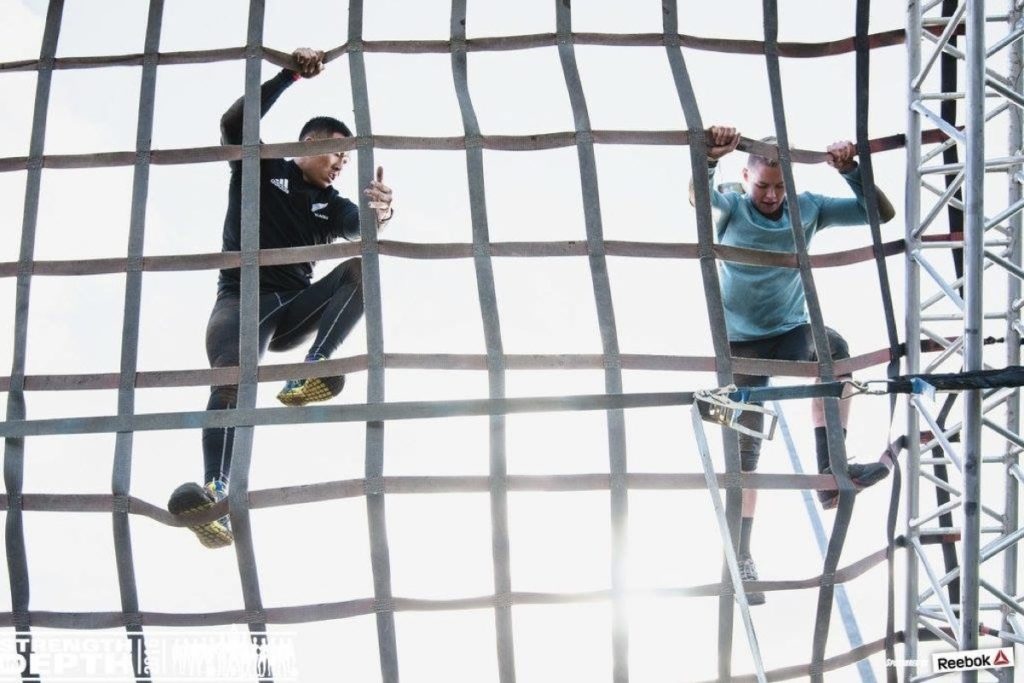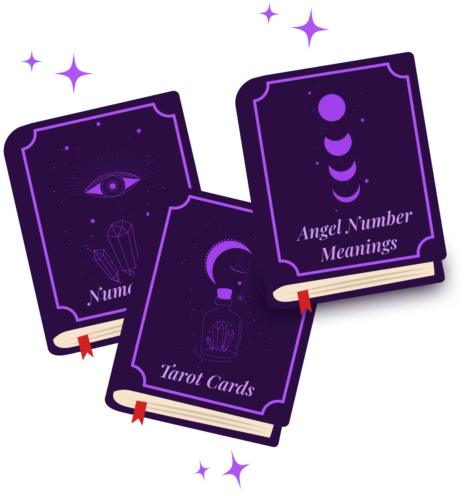Meet Jamie, head coach and founder of The Training Lab. Since 2013, he’s helped countless clients improve their health, fitness and performance through carefully tailored coaching, personal training and instruction.
We pick his brains about CrossFit myths, exploring training paradigms and the importance of setting goals…
How did your CrossFit journey begin?
I met my future employer, Ed Haynes, in Hong Kong before my relocation in 2012. All of his other coaches had CrossFit Level 1 Coaching Certifications, so I asked him if I would need my CrossFit Level 1 if I was going to be on his team. He said yes, he seemed smart, so I signed onto a course when I returned to the UK.
Jami (Annie Thorisdottir’s coach) was the master trainer of my CrossFit Level 1 course with other high profile coaches – not that I knew any of this at the time. At the end of day one, the workout was Fran. I’d never done Fran before, I’d never done CrossFit before!
I used a 40kg bar (thinking thrusters are just front squats and push presses, how hard could it be), and all my pull ups were strict – I had no idea what kipping was! The outcome was unsurprising and the soreness made sitting down and holding a pen for the exam at the end of day two very challenging.
I didn’t do CrossFit again for over two years until I joined Ed and his team at Coastal Fitness Performance Training (CrossFit CSTL). After reluctant surgery on a knee injury sustained during a rugby game out in Hong Kong, I pursued CrossFit to add variety into my rehab as well as that element of competition I missed. As it happens, I never played rugby again.

Do you think exercise plays an important role in your mental wellbeing?
The mind and body are so closely linked. I don’t think it’s possible to train one without the other, and I don’t think you can maximise the potential of either without training them synergistically.
Why do you think some people have a negative perception of CrossFit?
Just like anything – there are always poor versions. There are terrible rugby coaches, there are terrible personal trainers, there are terrible builders. Most people focus on the negatives and not the positives. Yes – CrossFit done badly is harmful, risky, and unjustified. But CrossFit done well can be one of the most powerful training tools out there currently.
People need to understand CrossFit is not really ‘new’, it’s just been packaged differently. After all, they didn’t invent weightlifting, gymnastics or running – and these are each key components of CrossFit.
What would you say to people who think CrossFit promotes an undesirable physique for women?
While it’s not my place to qualify what is desirable, I will say that I’ve seen CrossFit help people accept their own bodies and become more confident and happy because of it. Few things make me more proud than strong, confident women. However, this can be achieved in many ways – CrossFit is just one of those tools.
There’s always a lot of hype about the CrossFit ‘community’. What do you think CrossFit is really all about?
I think CrossFit is about learning and understanding your body and mind on a deeper level. The bonus is sharing it with likeminded people and adding a human connection to your achievements. There’s something very animal about sweating and exercising with other people – it creates a type of bond that is unique – like team sports or like the military services, and this camaraderie is definitely part of the magic.

How important is it to have goals while training?
Goals are probably the most important thing in training! I ALWAYS set goals for myself and everyone I work with. Below is my advice to anyone who is thinking about setting their goals:
1. Goal set when you are at peak performance and in good health
2. Goal set when you don’t think you need to
3. It’s like hydration – by the time you think you’re thirsty, you’ve missed the window of rehydration
4. The year is not always your book end. Don’t only set goals in January. Work at them year round
5. Make your goals SMART
What motivates you to train and to coach?
I like to explore training paradigms, and I like to experiment with new principles. I firmly believe it’s good for the body and the mind; it takes them to places they need to go and provides a testing playground. Furthermore, it helps me stay engaged with my clients. Coaches should train. I’m not saying coaches need to train ‘hard’ or lift more than their clients, but I think it’s important for clients to understand we put in the work too. It helps build empathy, acceptance, and rapport.

What’s your proudest CrossFit moment?
He finally admits – this is hard! I suppose that year in Asia (2014), placing 4th in Seoul in the last ever ASIA Regional before they changed it into the Super Regions. It was our first ever Open as a team.
We should have podiumed. Andy Bratsanos bottled the last work out. I have never let him live it down – we were already on the podium in 3rd, so if he had just finished even 2 minutes slower than he was in practice we probably would have held our spot. It was a fun experience – winning the handstand walk event but coming close to dead last in the hang snatch – there were lots of ups and downs!
What’s your favourite WOD?
Tough. Very Tough. It might be Isabel – 30 snatches for time at 135/95lbs. Or perhaps Amanda, which is 3 rounds for time of 9-7-5 reps of muscle ups and snatches at 135/95lbs.
Can I train with you?
Only if you bring one of the following:
1. A puppy or friend for Lola, my dog
2. A coffee (long black please, or decaf after 3pm)
3. A Justin Bieber or Michael Buble playlist
Have you got any words you live and die by in the box?
Know WHY you are training. If you understand your WHY, everything else falls into place.
The fitness industry will be better when…
We stop using fear, shame, guilt to drive motivation. In fact – we stop motivating people and we start inspiring people.
Think of motivation as pouring your own fuel on someone else’s fire. You’re constantly having to help them keep their fire alive. Think of inspiration as someone watching you build your own fire and then you provide the spark to light theirs. You benefit from this experience as both parties build intrinsic respect for each other.
Inspiration is often hard to quantify but being active in your day to day decisions personally, professionally, and socially will show you’re living and breathing your beliefs.
What’s the hardest part of your job?
Accepting I can’t help everyone and everyone has to go through their own fitness journey. You can convince people they need help, they have to ask for it. No matter how much I overthink things, injuries and bad things will occur – it’s just part of life. The more you risk, the more you reward, we can mitigate, but we can’t eliminate risk.
Future goals?
Work with kids more. I used to teach, and I want to put some long-term practise in place and hopefully reap the rewards.
Interview by Amber
















